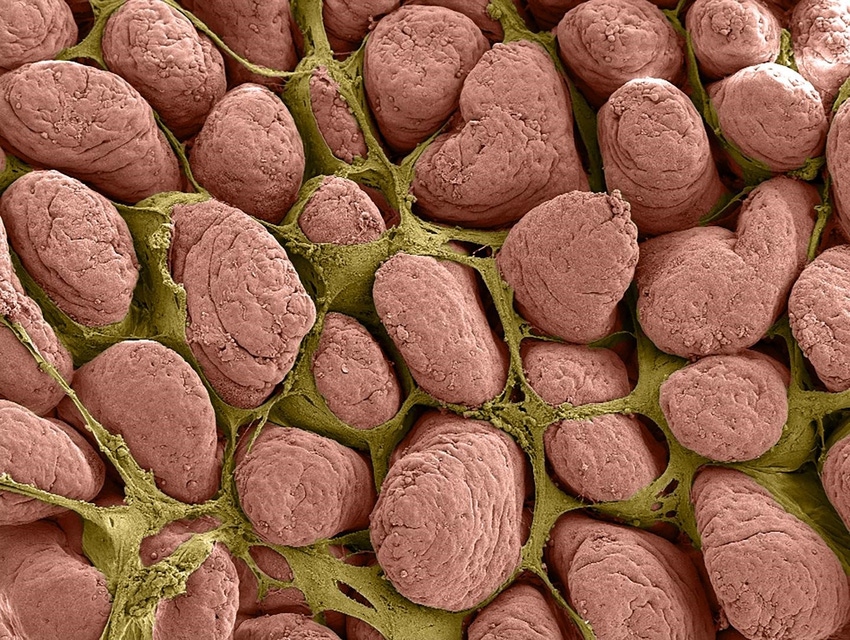Findings have implications both for understanding why newborns are unable to repair these injuries on their own as well as for potential future treatments.
August 24, 2018

Researchers from North Carolina State University have found that the intestinal mucosal environment of juvenile pigs can stimulate repair of intestinal injuries in newborn piglets.
The findings have implications both for understanding why newborns of many species — including humans — are unable to repair these injuries on their own, as well as for potential future treatments, North Carolina State said.
Intestinal ischemic injury occurs when blood flow to a portion of the intestine is cut off, resulting in the loss of epithelial cells that line intestinal walls. Once this barrier is damaged, intestinal contents can leak into the bloodstream, causing sepsis and often fatal infections. Infants are particularly vulnerable to these injuries; this research shows it may be because they lack the ability to quickly repair the damaged areas, the researchers explained.
"In these intestinal injuries, the epithelium sloughs off and creates small holes through which bacteria enter the bloodstream," said Amanda Ziegler, North Carolina State postdoctoral researcher and lead author of a paper describing the research. "Older animals and human adults can repair these holes within minutes to hours, but newborn pigs cannot. We want to understand the repair mechanism — or lack of it — in newborns."
Ziegler and her team looked at ischemia in two-week-old and six-week-old pigs by surgically inducing ischemia in small sections of intestine and then removing the injured tissue for study. They noted that in the juvenile (six-week-old) pigs, the uninjured epithelial cells flattened out and resealed the intestinal barrier within a couple of hours. The epithelial cells from the newborn pigs, however, did not flatten or reseal the barrier.
The researchers then scraped the mucosal micro-environment — essentially the surface layer — from the six-week-old intestine and applied it to the newborn intestine, which was then able to repair itself. "There's a signal here that the newborn is either not getting or not able to respond to," Ziegler said. "Something, or possibly a number of things within this environment, are working to help this process along."
The researchers' next steps will be to look closely at how the epithelial cells "learn" to repair these injuries.
"This work is a first step toward understanding what is happening on the cellular level in young patients with ischemic intestinal injuries," Ziegler said. "Plus, we've shown that we can rescue this tissue, although we don't yet understand the mechanisms behind it. Hopefully, future studies will reveal those mechanisms and lead to better treatments to help improve patient survival rates."
The research appears in PLOS ONE and was funded by the National Institutes of Health and the U.S. Department of Agriculture's National Institute of Food & Agriculture. Anthony Blikslager, professor of equine surgery and gastroenterology at North Carolina State, is corresponding author. Other North Carolina State contributors are: Laurianne Van Landeghem, assistant professor of molecular biomedical sciences; Jack Odle, the William Neal Reynolds professor of nutritional biochemistry; veterinary student Juliana Mills; Liara Gonzalez, assistant professor of gastroenterology and equine surgery, and Blikslager lab manager Tiffany Pridgen.
You May Also Like

.png?width=300&auto=webp&quality=80&disable=upscale)

